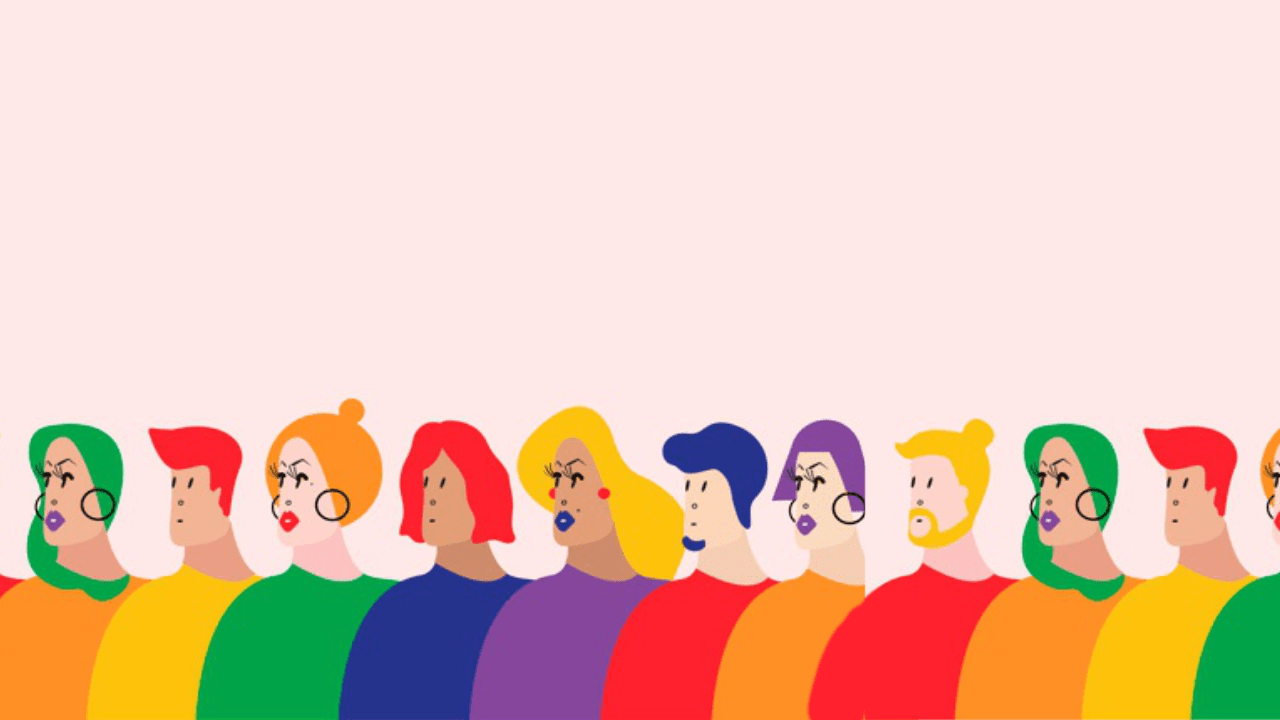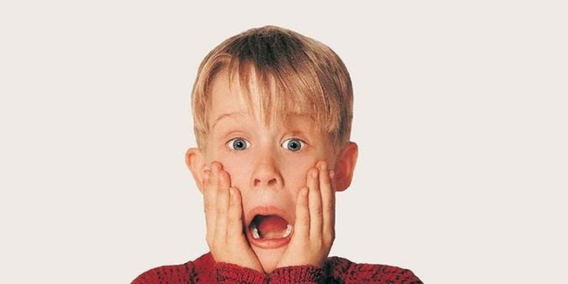The relationships between gender identity, sexuality, body image and perceptions about shape and size are complex. There are certain stressors that only LGBTQ+ individuals face that leaves them vulnerable to eating disorders. Like the fear or experience of rejection, internalised negative messages, experience of violence or discrimination or discordance between gender identity and sex assigned at birth.
While there are no significant Indian studies to prove more that individuals from the queer community are more prone to eating disorders, various studies have shown the trend in other countries. There are certain sections of the community more vulnerable to eating disorders. A survey in the United States found that 50% of the LGTBQ community struggle with eating disorders. A study indicated that homosexual men are more likely to have symptoms of eating disorder compared to heterosexual men due to the thin muscular body ideal.
Higher rates of binge-eating and purging was found in people who identified as gay, lesbian, bisexual, or “mostly heterosexual” in comparison to their heterosexual peers. This might be because of not being able to meet the ideal body image in LGBTQ+ cultural contexts. Black and Latinx individuals from the queer community also have a high prevalence of eating disorders compared to white LGBs.
In the Indian context and worldwide, with the outright discrimination against the queer community, it would only make it more difficult to identify and treat eating disorders. Many of them might even overlook it order to first solve other problems like housing and employment discrimination. The feeling of connectedness to the community might be protective against and having a current eating disorder. Being queer as well as “fat” in the eyes of society is a double discrimination – where the individual would be judged for both. The need to “fit” in society in one way or another can therefore come in the way of the individual’s self concept.
If anyone experiences any of these symptoms and believes that they do not have a good relationship with food, it might be a good idea to consult a mental health professional. The problem that seems small now might unknowingly be impacting many aspects of life now or in the future.
Disordered eating may be characterised by our self-worth being based highly (or exclusively) on body shape and weight, a disturbance in the way we perceive ourselves (like being thin and still calling ourselves fat), excessive exercise and diet routines and calorie counting, eating only certain foods with inflexible meal times and refusals to eat food outside.
Our preoccupation with eating and dieting might be so much that it adversely affects daily activities and may lead to maladaptive behaviour (like throwing up or using laxatives in order to remain in shape, also known as purging). Some might be in denial of the obsession with food, while others may talk about it more openly. Most of us don’t even realise how bad relationships with food can affect us.
Many eating disorders might be more visible to the eye and are diagnosed as ‘eating disorders’ when the frequency and intensity of these anxious thoughts and actions increase considerably in a span of a few months.







